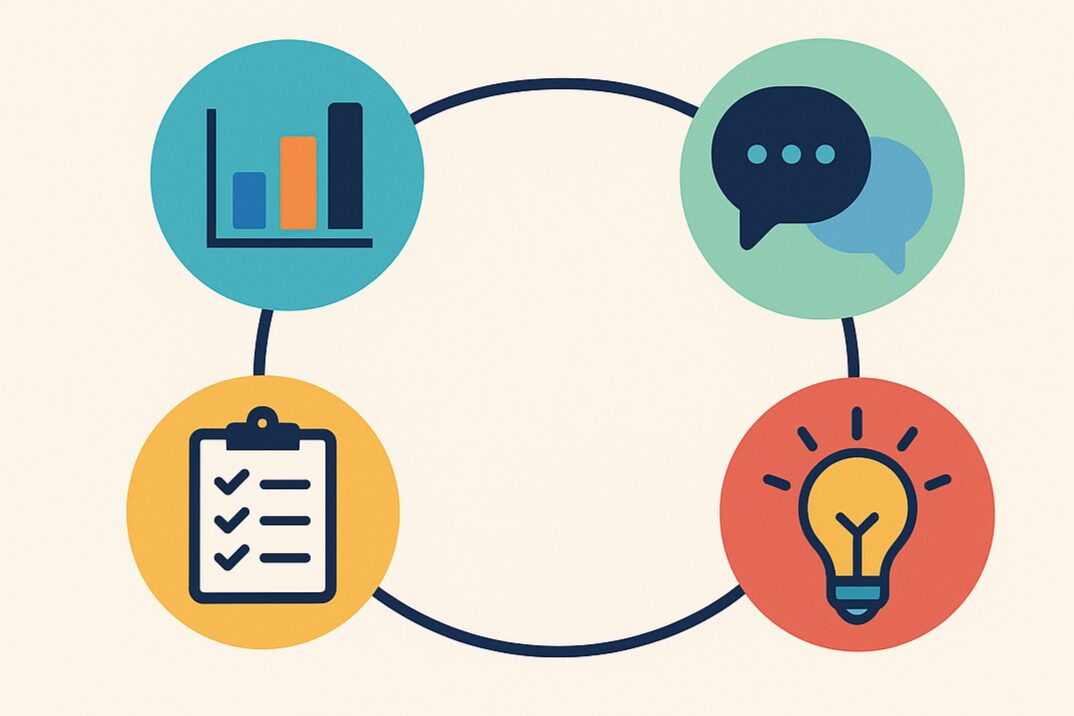At the heart of effective Pre-ETS (Pre-Employment Transition Services) delivery is the ability to truly understand student needs and track their progress over time. Providers across the state have shared their experiences with the Transition Readiness Tool (TRT), and the feedback is clear: the TRT is transforming the way they support youth.
Here’s a look at what they had to say about its most significant benefits.
Data That Drives Real Change
Providers consistently praised the TRT’s ability to generate meaningful, easy-to-understand data. Whether through pre-/post-evaluations or visual graphs, the TRT helps staff:
- Track Growth Over Time: “Being able to see how much a student has grown over the year is a benefit, as well as seeing where they are still struggling.”
- Spot Gaps and Trends: “Even when scores decrease, it helps me form patterns to better plan in the future.”
- Visualize Progress: “I love to see the data, especially the graphics. It works well for my brain.”
With its structured output, the TRT provides a clear view of both individual progress and statewide trends, giving teams a stronger foundation for decision-making and program improvements.
Guided Planning for Individualized Support
Providers appreciate that TRT Progress Tools help them pinpoint each student’s needs and adapt services accordingly:
- Baseline Insight: “It helps establish a baseline on what current knowledge is and what gaps to fill in.”
- Instructional Alignment: “I can give instruction to address that need and skip topics they already understand.”
- IEP Integration: “I used the transition assessments and data to write transition goals, services needed, and helped me write better IEPs.”
This strategic guidance saves time and enhances lesson relevance—making support more targeted and effective.
Facilitating Rich Conversations
One of the most cited benefits of the TRT is its role in sparking meaningful dialogue:
- Opening Doors: “They are good conversation starters with new students.”
- Student Reflection: “The growth is sometimes the recognition that they don’t know as much as they thought.”
- Engaging Lessons: “The assessments gave me great discussion topics to use during training.”
By encouraging self-reflection, TRT fosters ownership and active participation in the transition process.
Efficient, User-Friendly, and Scalable
Providers also highlighted the TRT’s ease of use:
- Quick and Accessible: “It doesn’t take a lot of time. The questions are pertinent, and the graphs are easy to interpret.”
- Flexible Delivery: “Easy to send in multiple ways such as email, text, or on paper.”
- All-in-One Tool: “I loved having one place to complete assessments and access data.”
This efficiency allows providers to focus more on supporting students—and less on managing logistics.
Professional Growth and Service Quality
Finally, the TRT is contributing to providers’ own development:
- Improved Practice: “It has made us re-examine what to focus on during a Pre-ETS lesson.”
- Quality Assurance: “It gives me a place to do a Quality Assurance check for our specialists and see trends.”
- Better Outcomes: “It gives accurate data and shows if students are growing in their employability skills.”
As one new job coach put it, “I look forward to becoming more familiar with the program and utilizing it to provide better services and outcomes for my clients.”
Final Thoughts
The TRT is more than just an evaluation tool—it’s a catalyst for deeper understanding, stronger relationships, and better outcomes. As more providers integrate it into their routines, we’re seeing a shift toward data-driven, student-centered services that honor the unique journey of each young person.
If you’re not yet leveraging the full potential of the TRT, there’s no better time to dive in.

